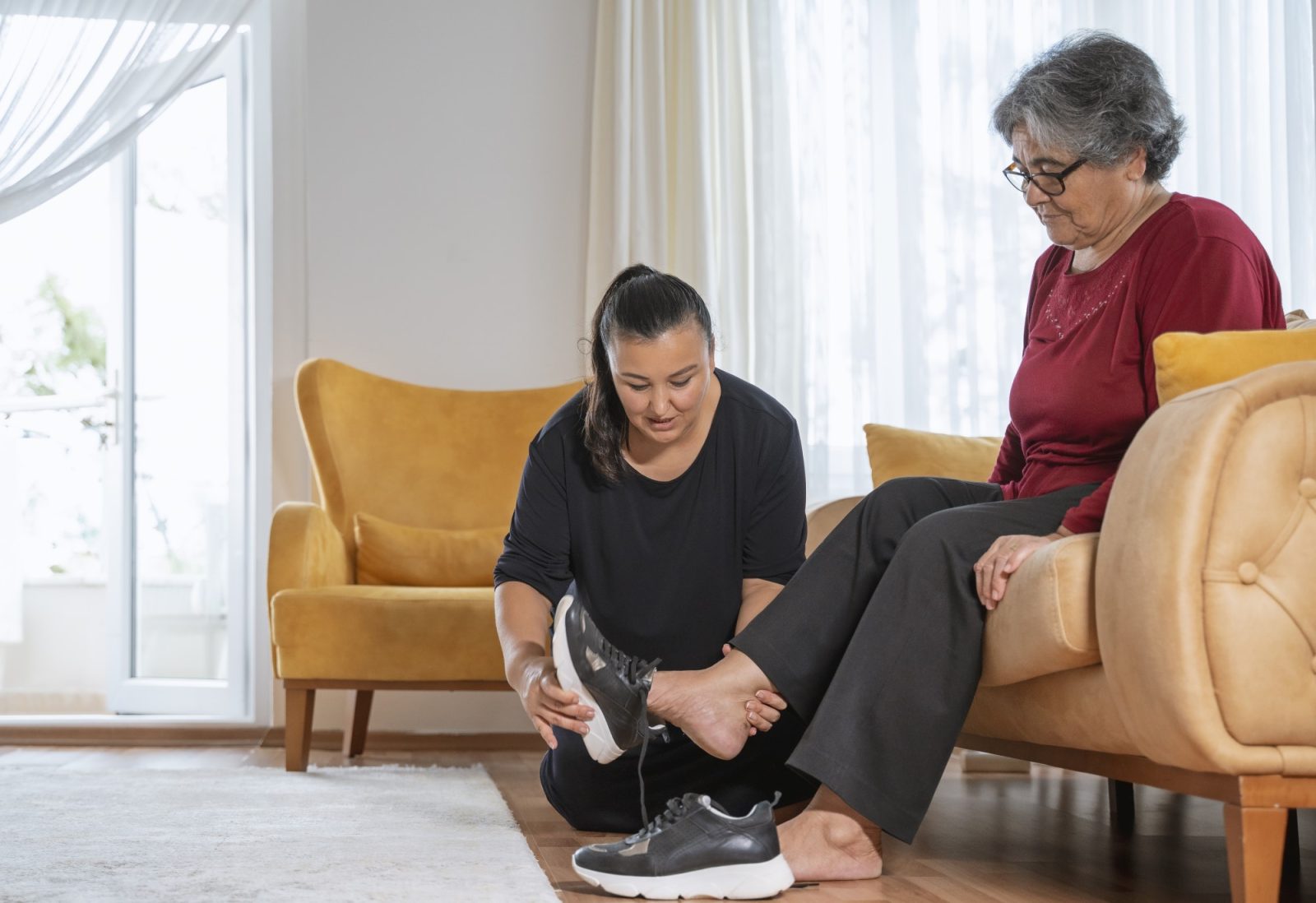A transfer refers to the process of moving a person with mobility issues from one place to another. Sometimes the terms “bedridden” or “bedbound” describe people who stay in bed due to illness or injury.
Despite the terms, it’s critical for people to change positions and even get out of bed regularly to prevent blood clots and bed sores that can result from a lack of movement and blood flow.
Proper transfers are not just a routine caregiving task, but a lifeline for people who spend a lot of time in bed. They play a pivotal role in maintaining health, comfort, and dignity. Whether you’re a family or a professional caregiver, follow these tips for safe and effective transfers:
Maximize Comfort
Transfers can cause pain or discomfort in patients so use extra pillows to cushion the person. Take the time to communicate with the person and ensure they’re comfortable.
Using any sudden, forceful movements can put someone at risk for injury, so take it slow. If the person can bear some of their weight, let them. If necessary, ask another person for help to avoid potential injuries.
Use Proper Form
It’s important to protect your lower back by using proper form. Keep your back, head, and chest up straight, your stance wide, and your knees bent, careful not to stretch your back or turn your waist. Lift the person with your legs and not your back. Doing this minimizes any injury risk for you or the client during the process.
It’s helpful for the person being transferred to have their arms crossed over their chest to avoid having an arm trapped underneath them when placed somewhere else. Avoid having the person hold on to you or your neck, as this will add weight. It could even lead to a possible neck or back injury.
Determining the Right Device to Use
Many transfer devices can be used to help make transferring someone from bed to chair much easier. You can use slide boards, slide sheets, hoists, and transfer belts. Consult a healthcare provider to determine what device is best to use.
SYNERGY HomeCare has partnered with BeasyTrans Systems, which makes premium gliding transfer boards to provide a much smoother and more comfortable experience for the patient. These specialized “no-lift” transfer boards give both patients and caregivers peace of mind as they don’t have to worry about the potential injuries that often occur with tugging, twisting, and lifting with other assistive devices.
For more information on how to care for your loved one who has limited mobility, please check out SYNERGY HomeCare’s all-in-one resource for disability care, A Family Guide to Understanding & Supporting Adults with Disabilities. To find out how to get your own BeasyTrans Transfer board, please call 877-432-2692.
___________
For more information on how to practice person-centered care with someone who lives with a disability, download the SYNERGY HomeCare Disability Care Guide.
SYNERGY HomeCare offers no obligation home assessments. Find a location near you or Contact us to talk to a Home Care specialist.



